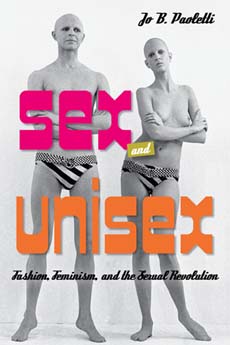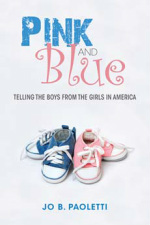We read a really provocative, insightful article, by Christopher Matthews about the symbolic uses of pockets in 19th century art and literature.* His basic argument was that pockets were a strongly masculine detail, with women's clothing rarely featuring any at all (no surprise to those of us who own pants, skirts and dresses with NO pockets -- in the 21st century!).Then the students were given a variety of garments from our historic costume collection to inspect: a mix of men's, women's and children's clothing. The adult clothing was predictable; lots of pockets for men, fewer or no pockets for women. The guys in the class had twice as many pockets, on average, as the women.
The three kids' garments -- two dresses and a suit from the 19th century -- turned out to be the biggest challenge. Because they are undocumented, I nave no idea whether the dresses were worn by boys or girls or both (one was very worn). Both had pockets, but I did not feel confident in using that alone to determine gender. The fact is, I did not look at the absence or number of pockets in children's clothing in my research for the book. In the sources I used, it was not always easy to see them, and it seemed not very useful for "telling the boys from the girls" in the nineteenth century. By the 1920s, when more girls were wearing some form of pants --shorts, rompers, overalls -- the "girl" versions usually did not have pockets, not unlike the women's version. (Something that hasn't changed much.) The unisex versions generally had pockets
However, having or not having pockets does influence our behavior -- what we carry with us and how we carry it, even how we stand. (Think of the tendency to jam your hands in your pockets -- if you have them!)
I'm actually doing a little follow-up research now on rompers, and this time, I will be looking at pockets.
*“Form and Deformity: The Trouble with Victorian Pockets.” Victorian Studies 52, no. 4 (Summer 2010)


